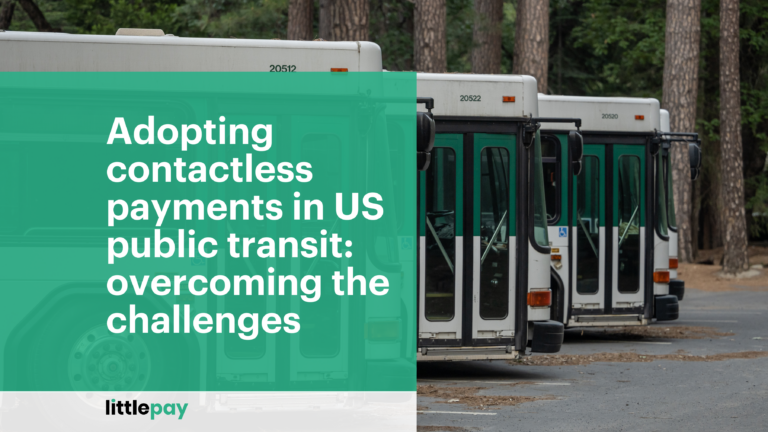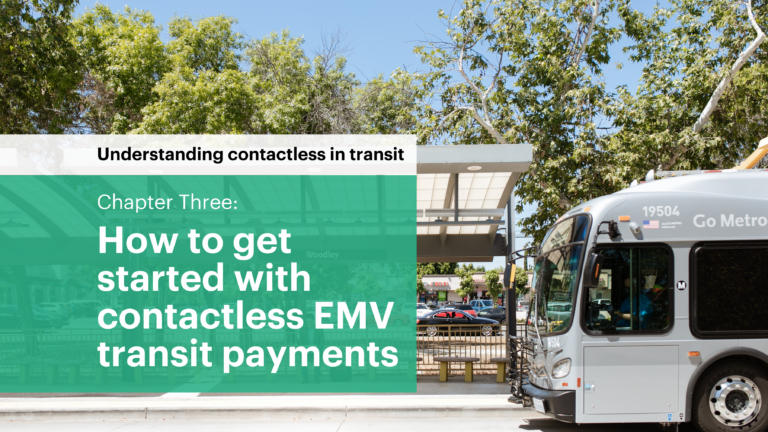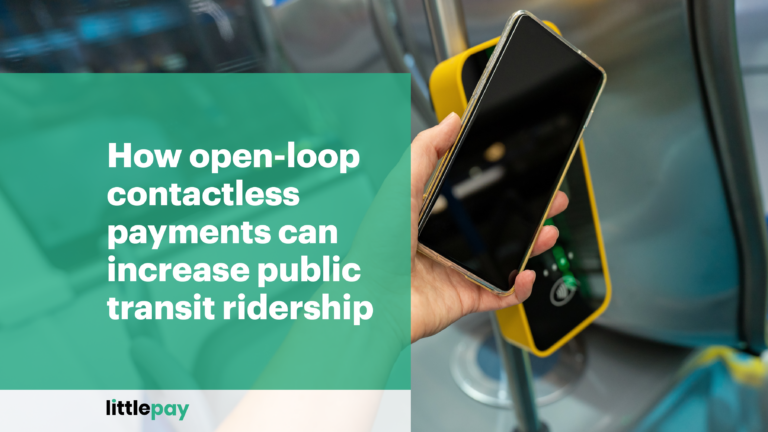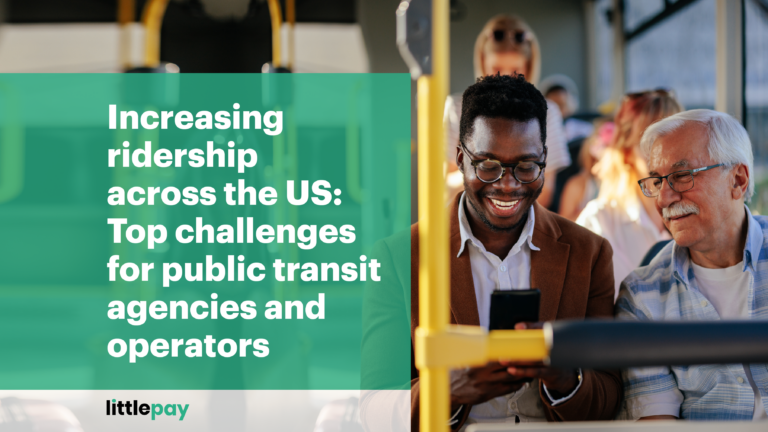
Adopting contactless payments in US public transit: overcoming the challenges
Contactless payments are transforming public transit in the US one

For transport agencies looking to implement a contactless EMV transit payments system, getting started can be the hardest part. There’s no single, clear route to follow, and cost and complexity don’t always denote the best solution. So how do you find the right path to contactless?
Since Visa, Mastercard and American Express started offering contactless payments in 2008, the system has transformed the landscape of buying goods and services. As a result, consumers no longer need to carry around cash or block the view of others as they enter their PIN number. Now transactions can be completed in seconds with just a tap on a card reader.
EMV – which originally stood for Europay, Mastercard and Visa – refers to the chip in a bank card that makes contactless payments possible. Over the last decade specialist solutions have worked to bring that technology into the world of public transit. Aiming to allow passengers to tap their way onto trains and buses using only their bank card or contactless-enabled device.
It’s not just about giving passengers a more convenient way to pay for their tickets. With contactless EMV their card or digital wallet becomes their ticket – and there’s plenty of long term benefits to this. By configuring fare rules within a merchant portal, transit operators can offer fare caps, discounts and concessions to riders. Fares are calculated, so that riders automatically benefit from any fare rule that applies to the trips they take.
That means passengers no longer need to buy or carry around multiple physical tickets or pre-paid travel cards. They don’t need to make shrewd calculations to get the best value. They don’t need to worry about having enough funds on their travel card. Nor do they need to pool their finances at the start of a month to afford a season pass. They can simply go.
Building, implementing and managing contactless transit payments requires a technical partner. But knowing how to look for one isn’t always straightforward, and there are several routes that agencies can follow.
One approach, traditionally used by larger transit agencies in big cities, is to look for a fully integrated solution. This means setting out a private tender and looking for a single supplier to build the system from scratch.
In this situation, agencies forge a close partnership with the supplier to design everything to spec. There’s scope to tailor the offering so that it slots into existing infrastructure, such as an account based ticketing system.
This was the avenue that TfL and New York’s MTA followed when they launched their contactless payment systems. Their technical partner builds and manages the entire digital side of the system. This includes the app that passengers use to top-up their Oyster or Metrocard travel cards and track their journeys.
The downside of the fixed system integrator route is that it is prohibitively expensive for all but the biggest transport operators. Typically, the kinds of vendors who can supply a ground-up solution only deal with larger metropolitan agencies.
For operators of all sizes who don’t want the expense and complexity of a bespoke integration – a modular framework is more cost-effective.
This approach builds a contactless transit payment system by bringing the individual components together. The Littlepay payments platform is designed to connect with ticketing tech and financial institutions using APIs. The result is a powerful, flexible, compliant solution that plugs-and-plays.
Instead of needing to rebuild the system for each new setting, a modular system side-steps this technical piece, providing a blueprint infrastructure that can be used time and again. Therefore, if an agency chooses from a range of pre-integrated EMV card readers and acquiring banks, a solution can be operational and ready to roll out in a matter of weeks.
To learn more about the future of contactless payments for public transport, read our fourth blog in the series on how to procure a contactless fare collection system.

Contactless payments are transforming public transit in the US one

Sustainability, mobility and equity have become touchstones of modern public

Successful apps have one thing in common. They just work.

America’s public transportation systems face existential challenges. Ridership hasn’t yet